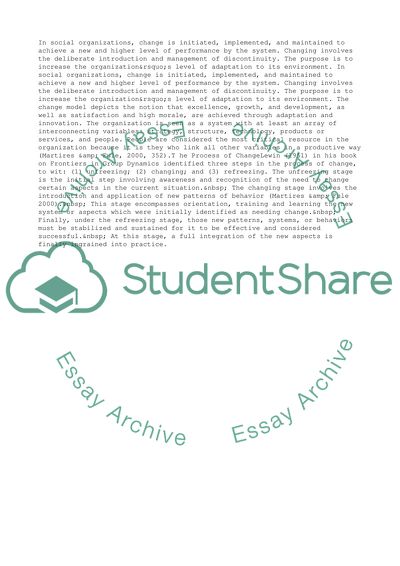Cite this document
(Management and Change: The Oc Experience Research Paper, n.d.)
Management and Change: The Oc Experience Research Paper. Retrieved from https://studentshare.org/business/1740732-management-and-change
Management and Change: The Oc Experience Research Paper. Retrieved from https://studentshare.org/business/1740732-management-and-change
(Management and Change: The Oc Experience Research Paper)
Management and Change: The Oc Experience Research Paper. https://studentshare.org/business/1740732-management-and-change.
Management and Change: The Oc Experience Research Paper. https://studentshare.org/business/1740732-management-and-change.
“Management and Change: The Oc Experience Research Paper”, n.d. https://studentshare.org/business/1740732-management-and-change.


